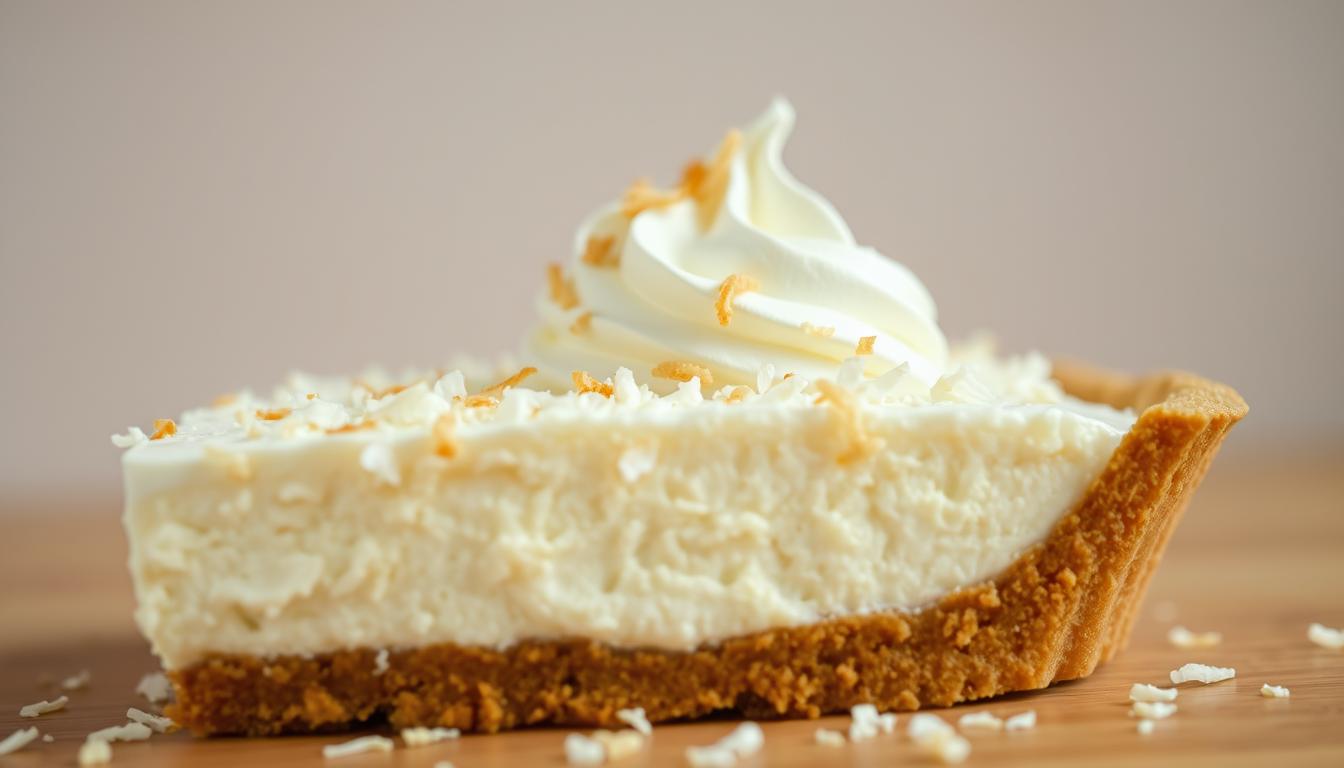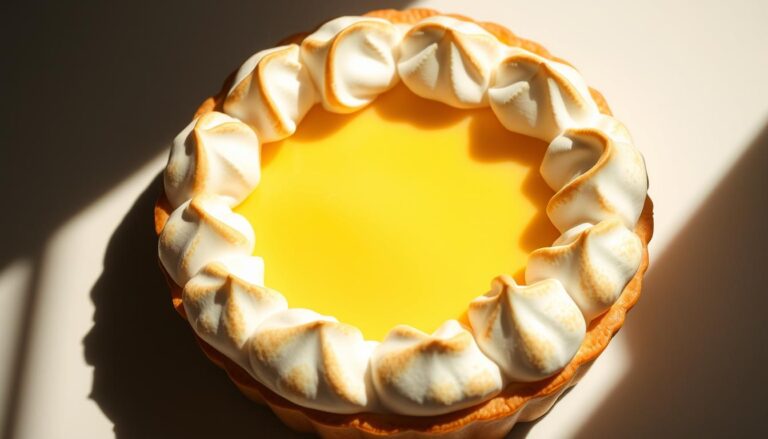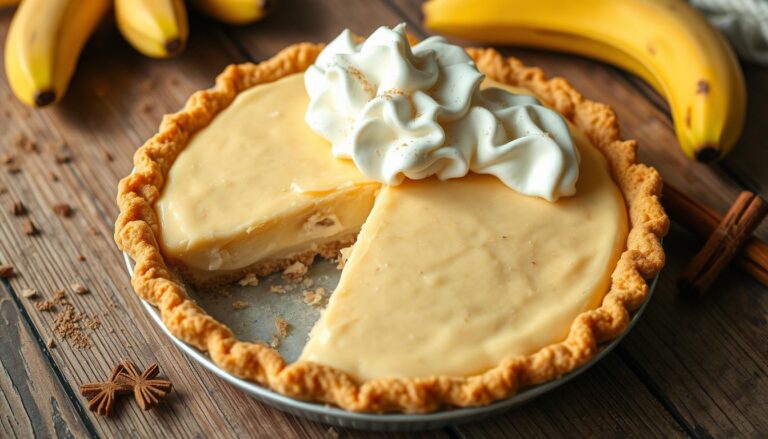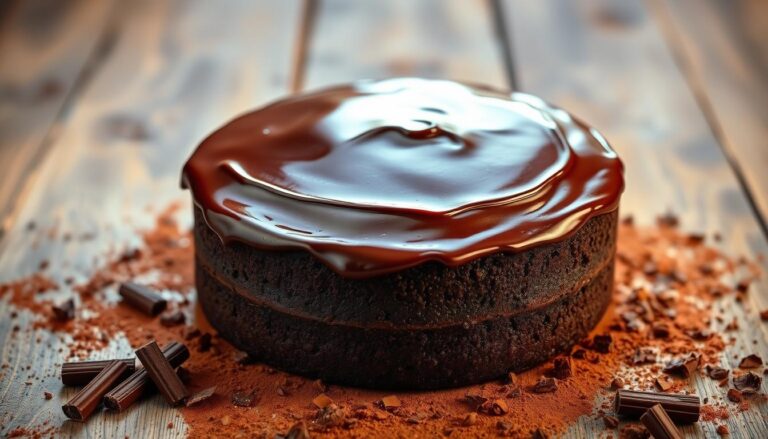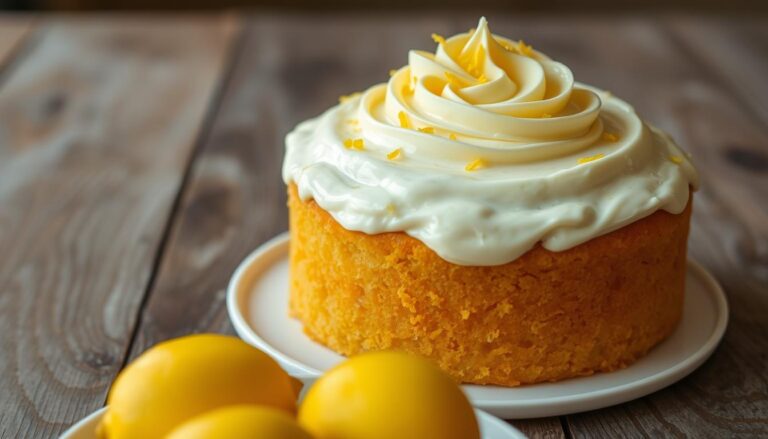Indulge in the delightful world of coconut cream pie, a dessert that combines a flaky crust, rich filling, and a cloud-like topping. This classic treat is perfect for special occasions or whenever you want to impress your family and friends.
The secret to an exceptional coconut cream pie lies in the details. This article will guide you through five essential techniques that elevate a mediocre pie to a professional-quality dessert. Whether you’re a seasoned baker or just starting out, these tips will help you achieve a cream-filled masterpiece.
By following this recipe, you’ll be able to create a truly unforgettable dessert. The techniques outlined in this article are designed to be accessible to home bakers of all skill levels, ensuring that you can achieve consistent success with your pie recipe.
Table of Contents
The Allure of Coconut Cream Pie
The coconut cream pie, a seemingly simple dessert, has a complex history and a multitude of characteristics that make it perfect. As you explore this classic treat, you’ll discover its rich flavors and textures that have captured the hearts of many.
A Brief History of This Classic Dessert
The history of coconut cream pie dates back to the 19th century, with early versions appearing in cookbooks like Mary Randolph’s 1824 “The Virginia Housewife.” As Franklin Baker and his son began to desiccate coconut for resale at the turn of the 20th century, coconut desserts gained popularity in America. By the 1920s, their coconut products were being advertised with a recipe for a meringue-topped coconut cream pie that was “the cat’s meow” throughout the Roaring Twenties.
What Makes a Perfect Coconut Cream Pie
A perfect pie consists of a crisp, flaky crust, a silky, flavorful cream filling, and a light, airy topping. The balance of coconut flavor is crucial – it should be pronounced but not overwhelming, allowing the cream texture and subtle vanilla notes to shine through. As you savor a slice, the contrast between the crisp crust and smooth filling, along with the tropical aroma, creates a delightful sensory experience.
Secret #1: Mastering the Perfect Pie Crust
The foundation of a great coconut cream pie lies in its crust, making it crucial to master the art of creating the perfect pie crust. A well-made crust provides a crisp, flaky contrast to the creamy filling, elevating the overall dessert experience.
Why Blind Baking Is Essential
Blind baking is a critical step in preparing the crust for coconut cream pie, as the filling is not baked. This technique ensures that the pie crust is fully cooked, preventing a soggy or raw texture. By baking the crust without the filling, you achieve a sturdy base that holds up to the creamy coconut filling.
Step-by-Step Blind Baking Technique
To blind bake your pie crust, start by chilling the dough for at least 2 hours before rolling it out. Once rolled, fit it into a 9-inch pie dish and chill again for 30 minutes to prevent shrinking. Line the crust with parchment paper, fill with pie weights or dry beans, and bake until the edges are lightly browned. Remove the weights, prick the bottom with a fork to allow air to escape, and continue baking until the entire crust is golden brown.
Make-Ahead Crust Options
For convenience, you can prepare the pie crust ahead of time. Make the dough and refrigerate or freeze it until you’re ready to bake. The baked crust can be stored for up to 3 days, allowing you to prepare components of your coconut cream pie in advance. Using high-quality butter, such as European-style, will enhance the flavor and texture of your crust.
Secret #2: The Ideal Coconut Milk Mixture
Creating a sublime coconut cream pie is heavily dependent on the right blend of coconut milk and dairy. The key to a rich and flavorful filling lies in understanding the role of coconut milk and how it interacts with other dairy components.
Choosing the Right Coconut Milk
For the best results, it’s crucial to use canned, full-fat coconut milk. This type of coconut milk is thick and rich, designed for cooking rather than consumption as a beverage. Unlike refrigerated carton coconut milk, canned coconut milk provides the depth of flavor and richness needed for a superior coconut cream pie.
The Perfect Dairy Balance
A mixture of whole milk and full-fat coconut milk creates a luscious custard filling that’s full of coconut flavor. The combination of coconut milk and whole milk produces a filling with a prominent but balanced coconut flavor and a silky texture.
Why This Combination Creates Superior Flavor
The natural fats in coconut milk make it rich, while whole milk adds complementary creaminess and helps the custard set properly. This balance creates a filling that’s distinctly coconut-forward without being overwhelmingly rich or sweet.
Secret #3: Perfecting Your Coconut Cream Filling
A coconut cream pie’s success relies heavily on its filling, which requires a deep understanding of the science behind thickening. The filling is essentially a pastry cream that combines dairy with sugar, salt, eggs, and starch, cooked until fully thickened.
The Science of Thickening
The success of your pastry cream depends on sufficiently heating your custard base, which relies on starch and eggs as thickeners. Heat initiates gelatinization; when heated to 175ºF (79ºC), starch molecules swell, and egg proteins coagulate, thickening the pastry cream. Proper heating is crucial to achieve the desired consistency.

Tempering Eggs Without Scrambling
Tempering eggs is a critical step in making the coconut cream filling. To temper eggs without scrambling, gradually introduce hot liquid to egg yolks while whisking constantly. This technique prevents the eggs from scrambling and ensures a smooth filling.
Cooking to the Perfect Consistency
Cooking the filling to the perfect consistency requires constant attention and whisking. The filling is ready when it coats the back of a spoon and leaves a clear path when you run your finger through it. Constant whisking is essential to prevent scorching and ensure even thickening.
To achieve the perfect coconut cream filling, it’s crucial to bring the custard to a bubble and hold it there while whisking constantly for about a minute. This step deactivates the amylase enzyme in egg yolks, preventing it from breaking down the starch and leaving you with a runny filling.
Secret #4: Maximizing Coconut Flavor
The key to a truly exceptional coconut cream pie lies in its rich and deep coconut flavor. To achieve this, you need to understand how to maximize the flavor through various ingredients and techniques.
Sweetened vs. Unsweetened Coconut
Using sweetened shredded coconut in your filling makes a significant difference in the overall flavor. Tests have shown that sweetened coconut provides a more pronounced tropical, nutty flavor compared to unsweetened coconut. Even adding more sugar to unsweetened coconut can’t replicate this depth of flavor.
Enhancing with Extracts
To further enhance the coconut flavor, you can use vanilla extract and coconut extract. Vanilla adds depth without competing with the coconut, while a small amount of coconut extract can amplify the natural flavor.
Layering Coconut Flavors
Creating layers of coconut flavor involves using a combination of coconut milk, sweetened coconut, and extracts. This layered approach ensures a balanced and rich flavor profile. Don’t forget to season with salt to bring out the natural nuttiness of the coconut.
Secret #5: Chilling and Setting Techniques
To achieve a perfectly set coconut cream pie, mastering the chilling and setting techniques is essential. This final step transforms your warm custard into a sliceable dessert.
Preventing a Skin on Your Filling
To maintain the silky texture of your coconut cream pie filling, it’s crucial to prevent a skin from forming on its surface. Cover the warm filling tightly with plastic wrap, pressing it directly onto the surface to prevent air from reaching it.
Optimal Chilling Time
Refrigerate the pie for at least 3 hours or overnight. This allows the starches to fully set and the flavors to develop, ensuring your pie is chilled and thickened.
Troubleshooting Runny Fillings
If your pie filling remains runny, check if it was cooked for sufficient time or if the thickeners were measured correctly. To test if your pie is set, look for a slight wobble in the center; it should not be liquid. You can refrigerate the filled pie for up to 24 hours before adding the topping.
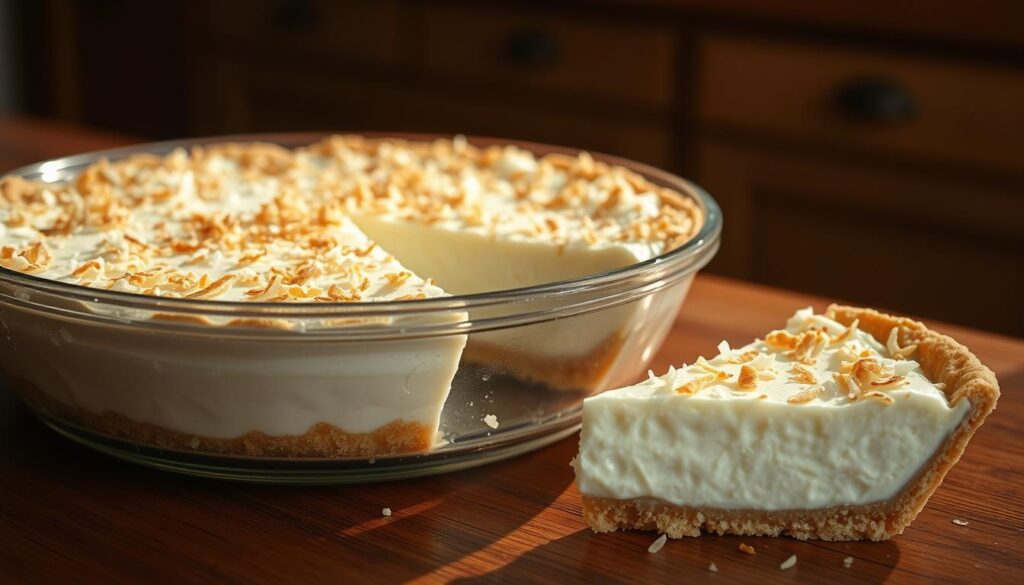
Creating the Perfect Whipped Cream Topping
A perfect coconut cream pie deserves a perfect whipped cream topping that complements its rich coconut filling. The key to a great topping is achieving the right consistency and flavor.
Achieving Medium Peaks
To make the perfect whipped cream, use a hand mixer or stand mixer with a whisk attachment to whip heavy cream, sugar, and vanilla extract on medium-high speed. Aim for medium peaks, which form in about 3-4 minutes. This consistency is ideal for topping and piping on desserts.
Decorative Piping Techniques
For a show-stopping presentation, try decorative piping techniques. Use a piping bag fitted with a star tip to create beautiful swirls and peaks on top of your coconut cream pie.
Toasted Coconut Garnish
Enhance your whipped cream topping with a toasted coconut garnish. Simply bake shredded coconut in a 300°F oven for 6-8 minutes, or until browned to your liking. This adds a delightful texture and flavor contrast to your pie.
Conclusion: Your Path to Coconut Cream Pie Perfection
Now that you’ve uncovered the five essential secrets, making a stunning coconut cream pie is within your reach. Mastering the blind-baked crust, ideal coconut milk mixture, perfect cream filling technique, maximizing coconut flavor, and proper chilling techniques come together to create a truly exceptional dessert. This pie recipe is not only delicious but also versatile, making it perfect for holidays or special occasions. You can prepare it ahead of time and store it in the refrigerator for up to 5 days or freeze for up to 3 months. As you gain confidence, feel free to experiment with your own variations, adding seasonal twists or flavor adaptations. Share your coconut cream successes and adaptations to become part of a community celebrating this beloved dessert. With patience and practice, you’ll be creating pies that are sure to impress.

